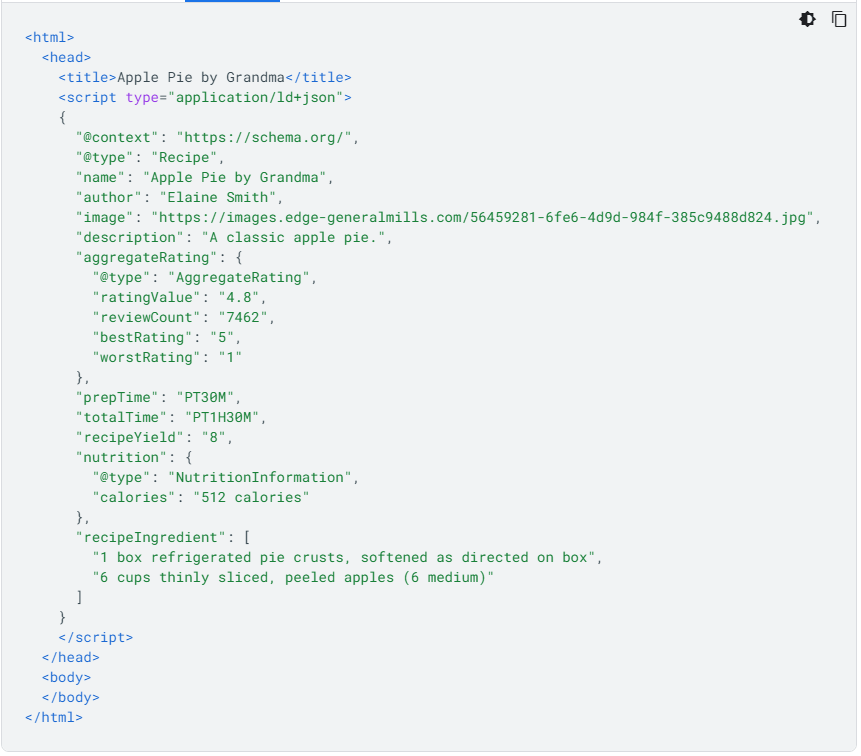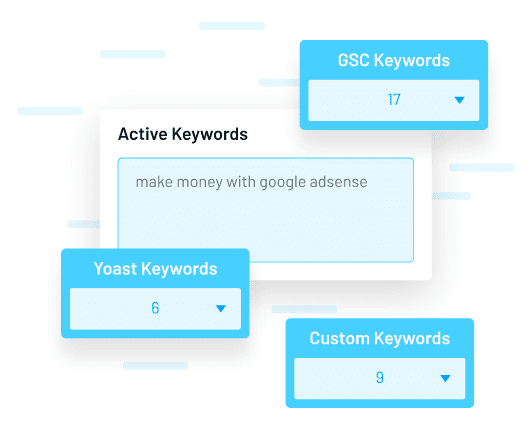
In the ever-evolving world of search engine optimization (SEO), staying ahead requires more than just keyword stuffing and backlink building. One of the most powerful yet underutilized tools in an SEO strategist’s arsenal is schema markup. This structured data format helps search engines like Google better understand your website’s content, leading to improved visibility, richer search results, and ultimately, higher click-through rates.
If you’re wondering what schema markup is and why it matters for SEO, you’re not alone. In this comprehensive guide, we’ll break down what schema markup is, how it works, and why it’s essential for modern SEO strategies. Whether you’re a small business owner, a digital marketer, or a content creator, understanding and implementing schema markup can give you a competitive edge in the search rankings.
What Is Schema Markup and Why It Matters
Schema markup, also known as structured data, is a form of code that you add to your website’s HTML. It helps search engines like Google interpret the content on your page more effectively by providing context about the type of information being displayed.
For example, if you run a restaurant website, schema markup can tell Google that your site is about a local eatery, including details like its name, address, operating hours, and even customer reviews. This additional context allows search engines to display your content in a more informative way—often as rich snippets—which stand out in search results.
Rich snippets are the enhanced search results that include extra details like star ratings, product prices, event dates, or recipe instructions. These features make your listing more appealing and increase the likelihood that users will click through to your site.
While schema markup doesn’t directly impact your search rankings, it plays a crucial role in improving user engagement, click-through rates (CTR), and overall visibility. According to a study by Milestone Research, rich snippets get clicked on 58% of the time compared to regular blue links, which only get clicked on 41% of the time.
How Schema Markup Impacts SEO Performance
Schema markup influences several key aspects of SEO performance:
- Improved Click-Through Rates (CTR): Rich snippets provide users with more information before they click, making your result more enticing.
- Enhanced User Experience: By displaying relevant details upfront, users are more likely to find what they’re looking for quickly.
- Better Voice Search Optimization: With the rise of voice assistants like Alexa and Google Assistant, structured data helps these platforms deliver more accurate responses.
- Increased Visibility in Local Searches: For businesses targeting local audiences, schema markup can help your location appear in local search results and maps.
Moreover, schema markup aligns with E-E-A-T (Experience, Expertise, Authoritativeness, Trustworthiness), which is a core ranking factor for Google. By clearly defining your content and providing context, you build trust with both users and search engines.
Step-by-Step Implementation Framework
Implementing schema markup might seem daunting at first, but with the right approach, it becomes a straightforward process. Here’s a step-by-step guide to help you get started:
- Identify Your Content Type
-
Determine what kind of content you want to markup. Common types include articles, products, events, recipes, and local businesses.
-
Choose a Schema Format
-
The most widely recommended format is JSON-LD due to its simplicity and compatibility with Google. Other options include Microdata and RDFa, though JSON-LD is preferred for ease of use.
-
Generate the Schema Code
-
Use a schema generator tool like Schema.org or CMLabs’ JSON-LD Generator to create the necessary code. Fill in the required fields such as title, description, image URL, and other relevant details.
-
Embed the Code into Your Website
-
Insert the generated JSON-LD code within the
<head>section of your HTML. If you’re using a CMS like WordPress, plugins like Yoast SEO or All in One Schema Rich Snippets can automate this process. -
Validate and Test Your Markup
-
Use Google’s Rich Results Testing Tool to check for errors and ensure your schema is correctly implemented. Fix any issues identified during testing.
-
Monitor Performance
- Track the performance of your rich snippets using tools like Google Search Console or Search Metrics. Analyze CTR and user engagement to refine your strategy over time.
Real or Hypothetical Case Study
Let’s take a look at a hypothetical case study involving a local bakery called Sweet Delights Bakery. Before implementing schema markup, their website appeared in search results with a standard blue link. However, after adding Local Business and Recipe schema markups, their search results began showing rich snippets with:
- Name and address of the bakery
- Operating hours
- Customer reviews
- A photo of their signature cake
- A link to their online recipe page
As a result, their CTR increased by 30%, and their organic traffic grew by 22% within three months. This improvement helped them attract more local customers and boost online orders.
Tools and Techniques for Schema Markup
Here are some of the best tools and techniques to help you implement schema markup effectively:
- Schema.org – The official source for schema markup definitions and examples.
- Google’s Rich Results Testing Tool – A free tool to validate your schema and check for errors.
- Yoast SEO Plugin – A popular WordPress plugin that simplifies schema implementation.
- All in One Schema Rich Snippets – Another WordPress plugin that offers a wide range of schema types.
- CMLabs’ JSON-LD Generator – A user-friendly tool for generating schema code without coding skills.
- Schema Pro – A premium WordPress plugin that provides advanced schema options and customization.
These tools make it easier for non-technical users to implement schema markup while ensuring accuracy and compliance with search engine standards.
Future Trends and AI Implications
As search engines continue to evolve, especially with the rise of AI-powered search engines and multimodal search, the importance of schema markup is only going to grow. Google’s Search Generative Experience (SGE) and other AI-driven features rely heavily on structured data to deliver accurate and relevant results.
In the future, schema markup will play a critical role in helping search engines understand not just text, but also images, videos, and voice queries. Businesses that adapt to these changes early will be better positioned to thrive in the new search landscape.
One actionable tip for staying ahead is to regularly update your schema markup to reflect new content and trends. For example, if you launch a new product line, make sure to update your Product schema accordingly.
Key Takeaways
- Schema markup is a form of structured data that helps search engines understand your content better.
- It leads to rich snippets, which improve click-through rates and user engagement.
- While it doesn’t directly affect rankings, it enhances visibility and trust.
- Implementing schema markup is simpler than it looks, especially with the help of plugins and generators.
- Stay ahead by monitoring performance and updating your schema as needed.
Meta Title: What Is Schema Markup & Why It Matters for SEO
Meta Description: Learn what schema markup is, how it improves SEO, and why it’s essential for modern digital marketing. Boost your search visibility today.
SEO Tags (5): schema markup, structured data, SEO tips, rich snippets, local business optimization
Internal Link Suggestions: Parameter #7: E-E-A-T and SEO, Parameter #15: Voice Search Optimization
External Source Suggestions: https://schema.org, https://search.google.com/search-console









